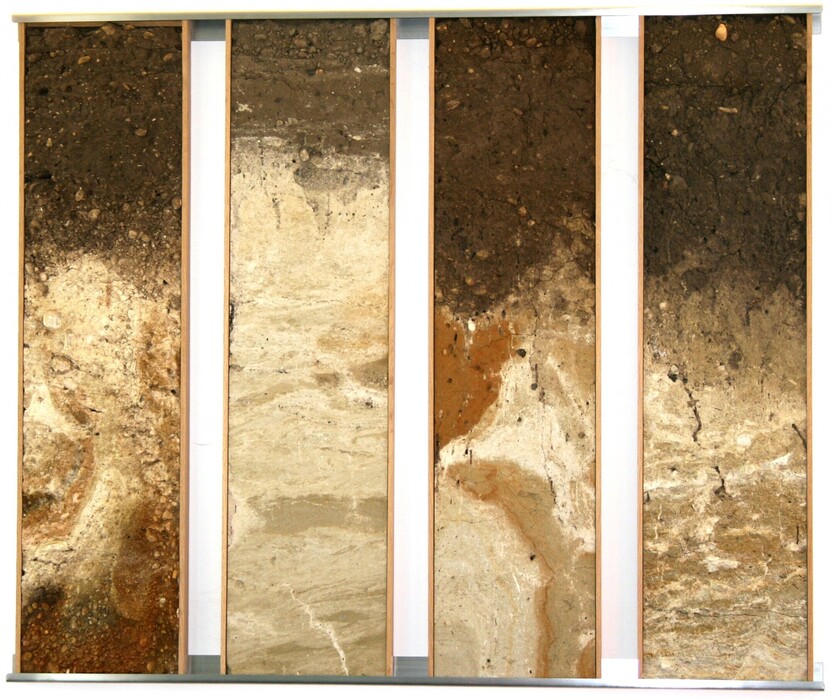

Our Wines
Red wines are our passion. They best express our understanding of exceptional winemaking.
History
Tradition for Over 100 Years
The history of our winery begins in 1910 with the return of Albert Pöckl from his 10-year stay in Minnesota, USA. He laid the foundation for our farm, which at the time consisted of farming, livestock and winemaking. Together with his wife Katharina, he also ran the village tavern.
In 1945, Albert’s son Theodor Pöckl took over the business and began focusing more and more on winemaking. Theodor and his wife Magdalena expanded the business to 10 hectares, providing a good basis for the further development of our winery, which their son Josef enthusiastically drove forward.
We Have Everything We Need Right Here
Our most important partners in creating top wines are the soil and the weather. The weather can be unpredictable, so you always have to keep an eye on it. That is why we keep our vineyards close by so that we can react appropriately and quickly to difficult circumstances such as drought, hail, storms or frost.
Be it sand, gravel, loam or black earth with gravel, we know the exact nature of our soils in and around Mönchhof and we know where which grapes grow best. Our many years of experience with the different vineyard locations allow us to carry out the necessary work in harmony with nature and to produce the highest quality grapes.
The sunny climate and rich soils of our region, together with the grape varieties favored in our area, provide the basis for creating exciting and delicious wines.
Vinyards, Soils & Climate
THE PAST YEARS
